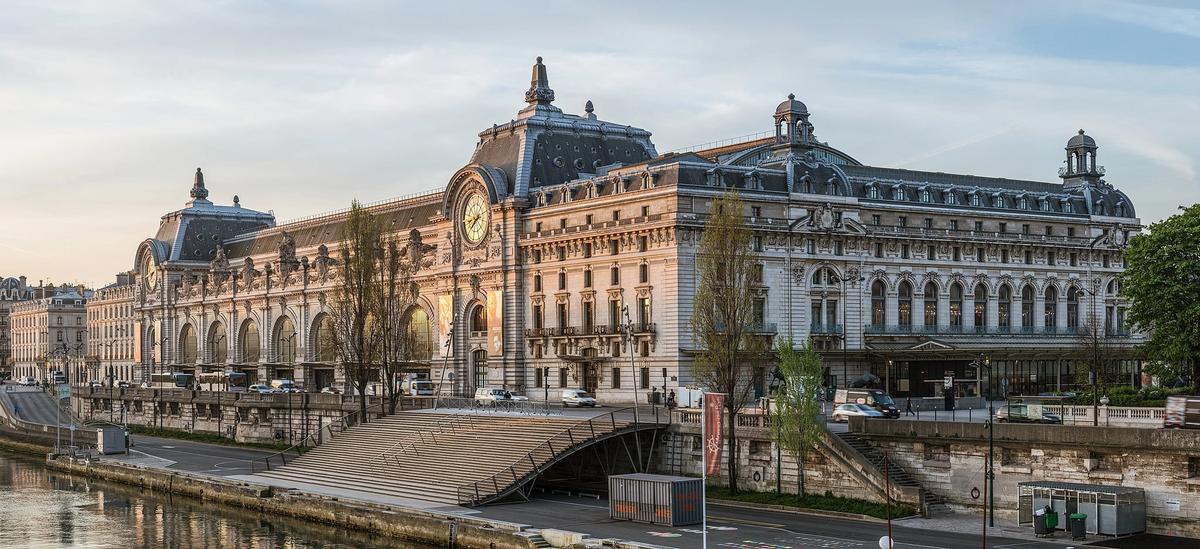The French culture minister, Roselyne Bachelot-Narquin, has announced that the Musée d’Orsay in Paris will be renamed after the late French president Valéry Giscard d’Estaing. On 25 March, the French National Assembly passed a motion approving the name change. Bachelot-Narquin tweeted yesterday that President Emmanuel Macron had backed the move, which also involves re-naming the Musée de l’Orangerie, the sister institution of the Musée d’Orsay, after the former statesman.
A spokeswoman for the Musée d’Orsay says that “the name of each museum, as separate national museums, won't change; they will remain as Musée d'Orsay and Musée de l'Orangerie. But their common identity as a a public establishment [state-funded museum] will change from this: ‘Etablissement public des musées d'Orsay et de l'Orangerie’ to this, ‘Etablissement public du musée d'Orsay et du musée de l'Orangerie—Valéry Giscard d’Estaing’. This is a legal and administrative name.” The museum websites, for instance, will not carry the new names.
In December, two French politicians called for the change. Rachida Dati, the mayor of Paris’s seventh arrondissement where the Musée d’Orsay is located, and Valérie Pécresse, the president of the regional council of Île-de-France, both said that the museum should be called Musée d’Orsay-Valéry Giscard d’Estaing.
Valéry Giscard d’Estaing, France’s president from 1974 to 1981, died on 2 December 2020 aged 94. The museum, which houses works from the national collection dating from the late-19th century by artists such as Gustave Courbet and Édouard Manet, is housed in the Gare d’Orsay, a former railway station and hotel located on the left bank of the River Seine.
By the 1960s, the station was threatened with demolition. “The official decision to build the Musée d’Orsay was taken in ministerial council on 20 October 1977, as an initiative of President Valéry Giscard d'Estaing,” says the museum website.


